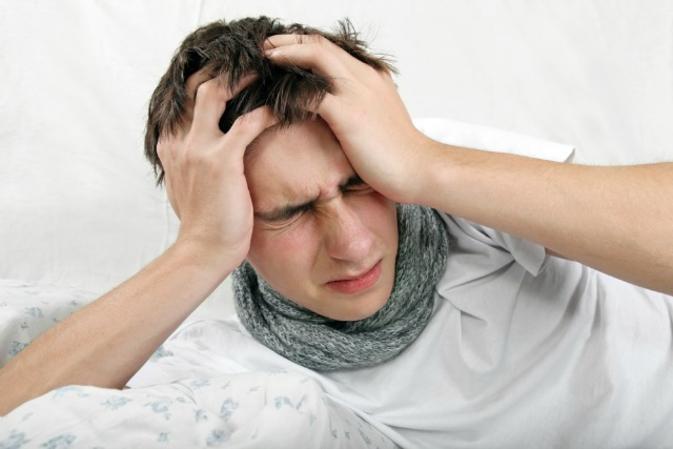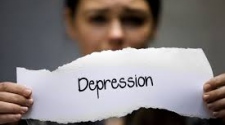Testicular torsion occurs normally between the ages of 12 and 16 but can occur even before birth and at any age. It happens when a testicle twists, twisting the spermatic cord. The spermatic cord brings blood to the testicle and scrotum. The lack of blood flow causes sudden and severe pain and swelling of the testicle.
Testicular torsion generally requires emergency surgery to reestablish the blood flow to the testicle. If it is treated successfully within in a few hours, the testicle can be saved. Waiting longer or failing to diagnose the condition correctly can cause permanent damage to the testicle and can render a man infertile or at least less than optimally fertile. If the blood supply has been cut off for too long, the testicle may die and become so damaged that it may need to be removed.
The signs and symptoms of testicular torsion include scrotal swelling, sudden and severe pain in the scrotum, abdominal pain, nausea and vomiting, having one testicle higher than the other.
The cause of testicular torsion is when the testicle rotates on the spermatic cord. If it rotates several times, the blood flow can be entirely lost, so the damage happens more quickly. Men who have testicular torsion often have an inherited trait that allows the testicle to rotate freely inside the scrotum. Unfortunately, it affects both testicles so the event of testicular torsion could happen twice if the doctor fails to fix the testicle that hasn’t yet rotated.
The testicular torsion event can follow several different situations, such as physical activity, cold temperatures, a scrotal injury, rapid growth of the testes during puberty and sleeping.
Risk factors for testicular torsion include:
- It is a most common between the ages of 12 and 16.
- Previous testicular torsion. The more frequently the bouts of pain happen, the more likely it is that the testicle is to be permanently injured.
- There is a genetic predisposition toward getting testicular torsion.
Complications of testicular torsion include damage or death to the testicle. If it is not treated within a few hours, the lack of blood flow to the testicle can damage or kill the testicle. If it is badly damaged, it needs to be surgically removed. Damage or loss of the testicle can impair a man’s ability to father a child.
In diagnosing the disorder, the doctor will ask you some questions to verify that you have the symptoms of testicular torsion. Doctors often can diagnose the condition with just a physical examination of your groin, scrotum and testicles. The doctor may test your testicular reflexes by rubbing or pinching the inner thigh. Normally it causes the testicle to contract but this doesn’t happen if the testicle is suffering from torsion.
Tests need to be done to rule out other disease or to confirm the diagnosis of testicular torsion. These tests include:
- A urinalysis to check for an infection.
- A scrotal ultrasound to check for the blood flow in the spermatic cord. If it is decreased, it is a sign of a testicular torsion but know that it doesn’t always pick up the condition.
- Surgery is sometimes the only way to prove that an individual has testicular torsion but this is necessary in order to catch testicular torsion within just a few hours.
If you’ve had pain for several hours and the doctor’s examination is suspicious for testicular torsion, immediate surgery without any further testing. Delaying the surgery could mean loss of the testicle. In some cases, the doctor can manually remove the torsion but that only buys you some time before surgery must happen.
The surgery is usually done under general anesthesia. It is an outpatient surgery. During the surgery the doctor will make a small incision in the scrotum and will untwist the spermatic cord. He will then stich one or both testicles to the inside portion of the scrotum to prevent rotation from occurring again. For More Information Visit: Testicular Torsion Medical Negligence Solicitor
















